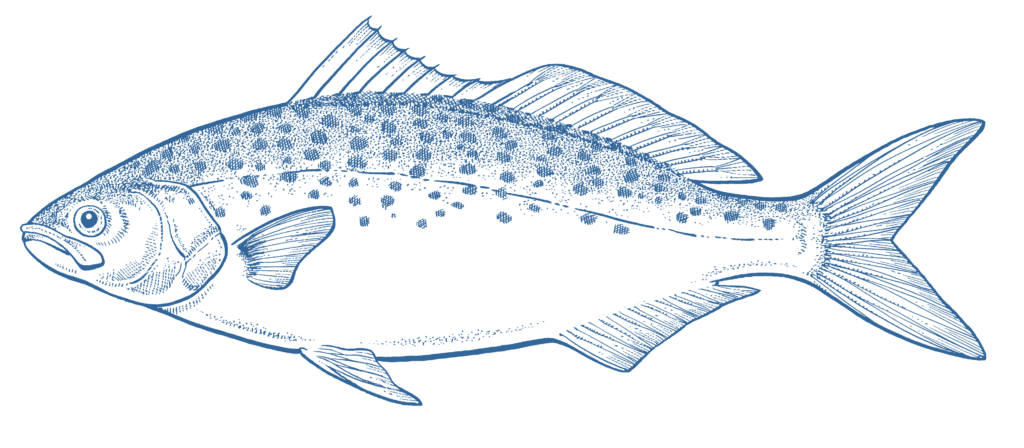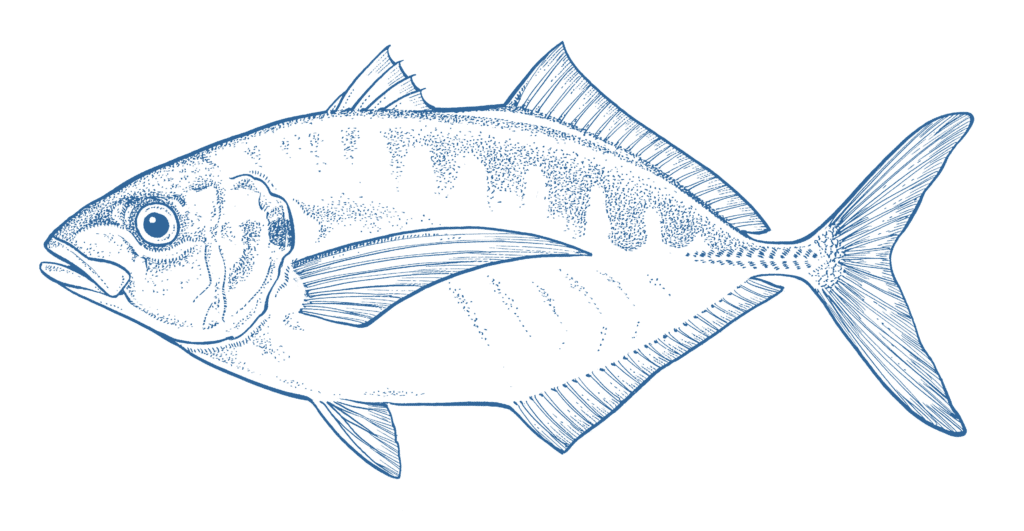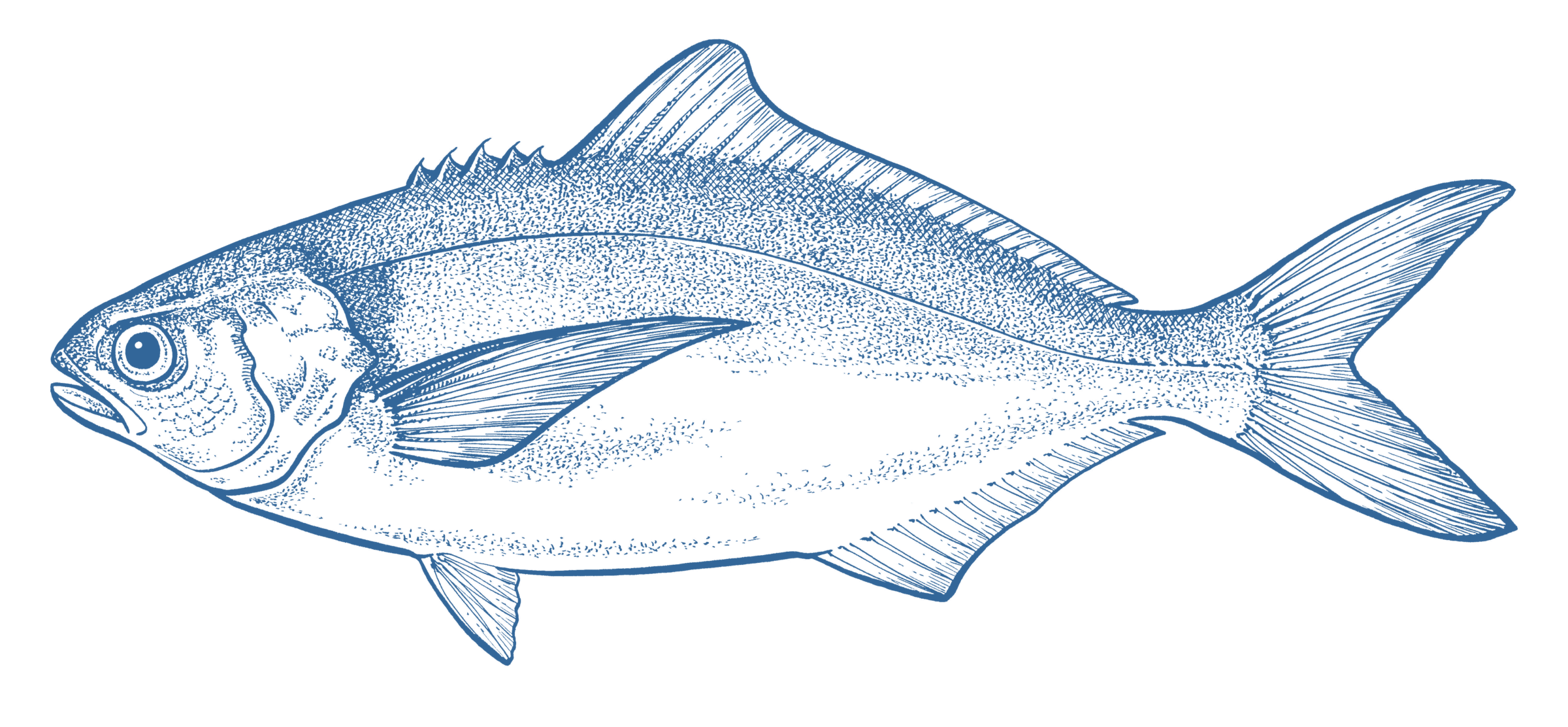
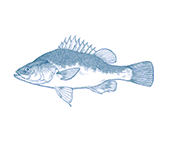
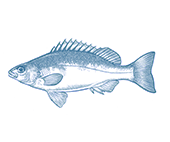
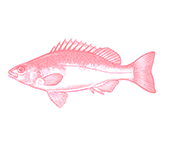

- Say No
Wild Caught
Region:
Commonwealth waters
- Blue warehou are caught as byproduct in fishing targeting other species within the Commonwealth SESSF Commonwealth Trawl Sector, using demersal otter trawl and Danish seine fishing methods.
- Blue warehou is so overfished in Australia, that it is now listed as an endangered species; categorised as ‘conservation dependent’ under Commonwealth environmental legislation. This still permits fishing and sale of this protected species.
- The fishery catches some threatened species such as Australian fur seals, shortfin mako sharks and seabirds, although industry has been proactive in trying to reduce mortalities of these vulnerable species.
- There is evidence of discarding or ‘dumping’ of unwanted blue warehou catches at levels that far exceed the retained catch - this is a serious risk to the recovery of the species. No other Australian fishery has pushed as many former target species onto our endangered species lists.
- The fishery operates around a major global ocean heating hotspot but does not explicitly account for climate change when setting future catch limits. Significant research is welcome in this area but is overdue.
- There has been significant research into the ecosystem impacts of the fishery, but marine park protections are seriously inadequate and if improved could significantly increase the resilience of target and bycatch species, and vulnerable seafloor habitats.
- The fishery is expected to undergo its second round of major reforms, and implement vital camera monitoring across the fleet in coming years. This has the potential to significantly improve the GoodFish ranking of this fishery in future.
- Commonwealth Southern and Eastern Scalefish and Shark Fishery (Commonwealth Trawl Sector) (24t in 2020/21)
Blue warehou is a bentho-pelagic predatory fish that feeds on salps and small invertebrates. It is found throughout southeastern Australia and New Zealand waters in depths from 20-400m.
Blue warehou was once a target species but is now retained as a byproduct species in fishing targeting other species, particularly tiger flathead.
They are caught using bottom trawl and Danish seine net fishing methods in the Commonwealth-managed Southern and Eastern Scalefish and Shark Fishery (SESSF), which is Australia’s largest source of locally caught finfish for the domestic market.
Blue warehou is dangerously overfished and potentially declining further. It is AMCS’ view that the conservation management arrangements that have allowed the fish to be retained and marketed have failed and that this species should be fully protected from fishing.
The species is now on Australia’s endangered species lists under the ‘conservation dependent’ category under Commonwealth environmental legislation, a listing that still permits fishing of this protected species if a ‘rebuilding strategy’ is in place
Given the failure of two consecutive rebuilding strategies to deliver any positive outcomes for the Conservation Dependent blue warehou stocks, in 2021 AMCS nominated the species for ‘Critically Endangered’ listing, the conservation category the species would otherwise be if not for the creation of the Conservation Dependent listing. This was not successful.
The fishery has made significant progress in reducing protected seabird bycatch, though fur seal bycatch is potentially increasing. Seal Excluder Devices (SEDs), which act as escape hatches for seals that enter trawl nets, are mandatory. All trawl boats must have a seabird management plan in place to guide how each boat aims to reduce interactions with seabirds while actively fishing. Many of the solutions to seabird interactions have been fishing industry-led innovations and are proving highly successful in reducing these impacts.
Most concerning is bycatch of a range of fishes which used to be primary or secondary target species of the fishery, that have been so severely overfished by the SESSF that they are now on the Australian Threatened, Endangered or Protected Species lists.
No Australian fishery has pushed more of its former target and secondary species onto our endangered species lists, and there is no evidence of recovery for most of these species. Special rebuilding strategies that allow these species to be caught and sold while holding this protected status are largely failing to deliver sufficient if any actual rebuilding.
Without major reform, AMCS expects more species caught by the SESSF to be placed on the Australian endangered species list than will recover off it in the foreseeable future.
At time of assessment the SESSF trawl fishery that catches blue warehou was likely to undergo an expensive taxpayer-funded bailout (for the second time since 2006) aimed at reducing the number of fishing vessels and closing part of the fishing grounds, because it is no longer possible for the fishery to catch targeted species while avoiding dangerously overfished species sufficiently to allow them to recover.
The SESSF operates around a global ocean heating hotspot, warming at almost four times the global average. While serious climate impacts have been attributed to declining SESSF fish stocks for around a decade, there is still no explicit consideration of climate impacts when setting future catch limits. Significant research is underway in this area, which is welcome but overdue.
There has been considerable investment in scientific research around the ecosystem and habitat impacts of the fishery, but this has not been supported by sufficient implementation of meaningful protections from fishing and climate-related impacts in the fishery, which have both been severe. Commonwealth waters marine parks are in place throughout the fishery but were designed primarily to avoid key fishing grounds, so confer little benefit. While marine parks should be a valuable and cost-effective tool for protecting vulnerable species and habitats; providing both resilience and a scientific resource to manage climate impacts; they (along with existing fishery area closures), protect only 0.9% of the most heavily fished habitat assemblage in the fishery. Improving marine park protection will be critical to addressing and rebuilding the future sustainability of the SESSF fishery.
Independent monitoring of the part of the SESSF that catches blue warehou has been insufficient to ensure robust information is collected on protected species bycatch and fish discarding, which can occur when fish are caught in trawl nets that the fisher holds no quota for, so cannot land without financial penalty. For example, while the retained catch of blue warehou was only 25t in 2017-18, discarding (catching and then dumping at sea) has been occurring at seriously concerning levels in recent years, estimated at over 100t in 2017 and 2018. This is seriously concerning and is at a level that likely prevents recovery or could cause further declines in this species.
The fishery is set to introduce video monitoring across the fleet in 2024 which is welcome and could substantially address this issue, but it is notable that improving this information collection was also a condition of a fishery reform process in 2006 that was not followed through.



